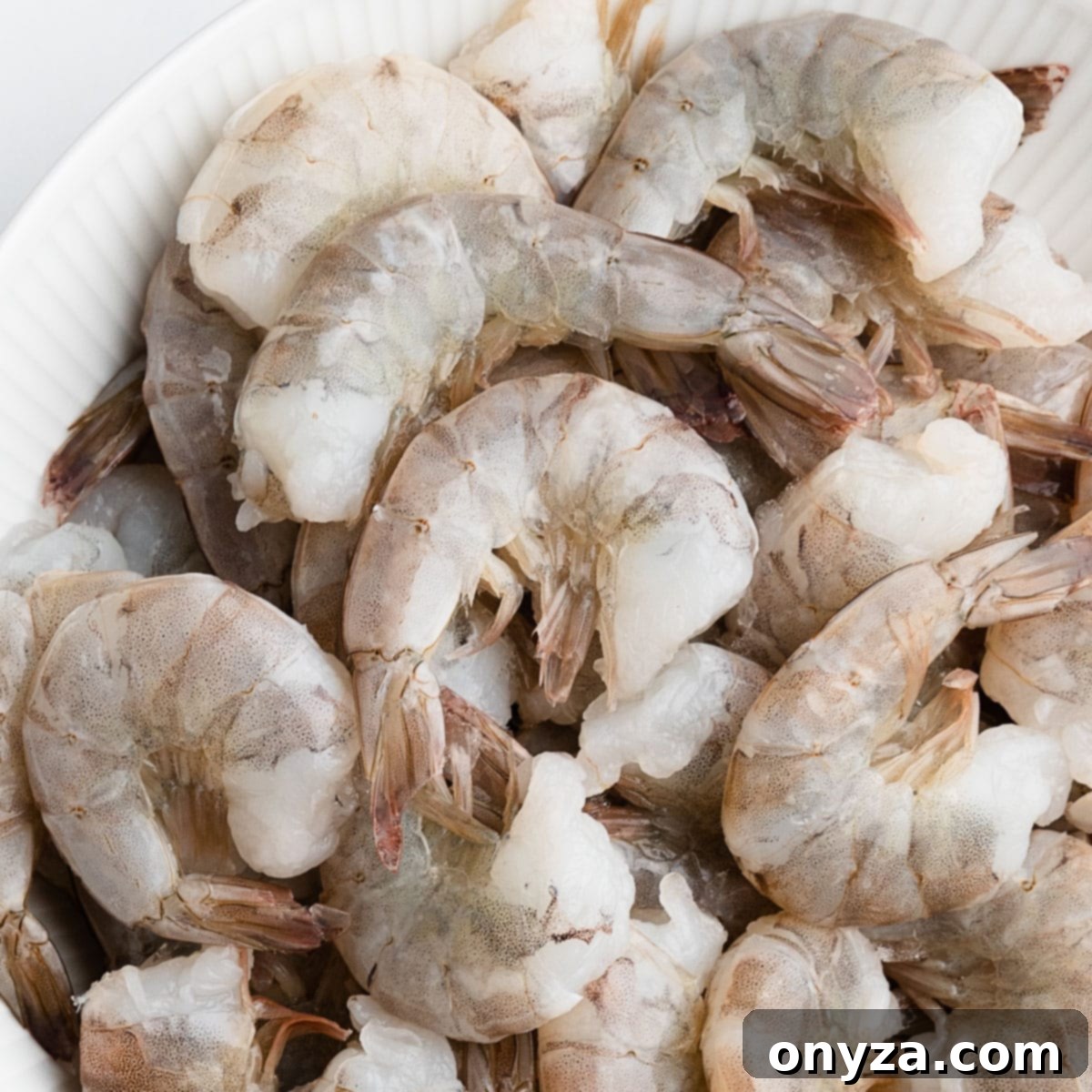Ever found yourself staring at a seafood counter, utterly bewildered by terms like “colossal shrimp,” “large shrimp,” or cryptic numbers like “26/30”? You’re not alone. Understanding shrimp sizes is key to unlocking culinary success, ensuring your dishes turn out perfectly every time. This comprehensive guide will demystify shrimp sizing, help you determine the ideal quantity for your recipe, and inspire your next shrimp adventure in the kitchen.
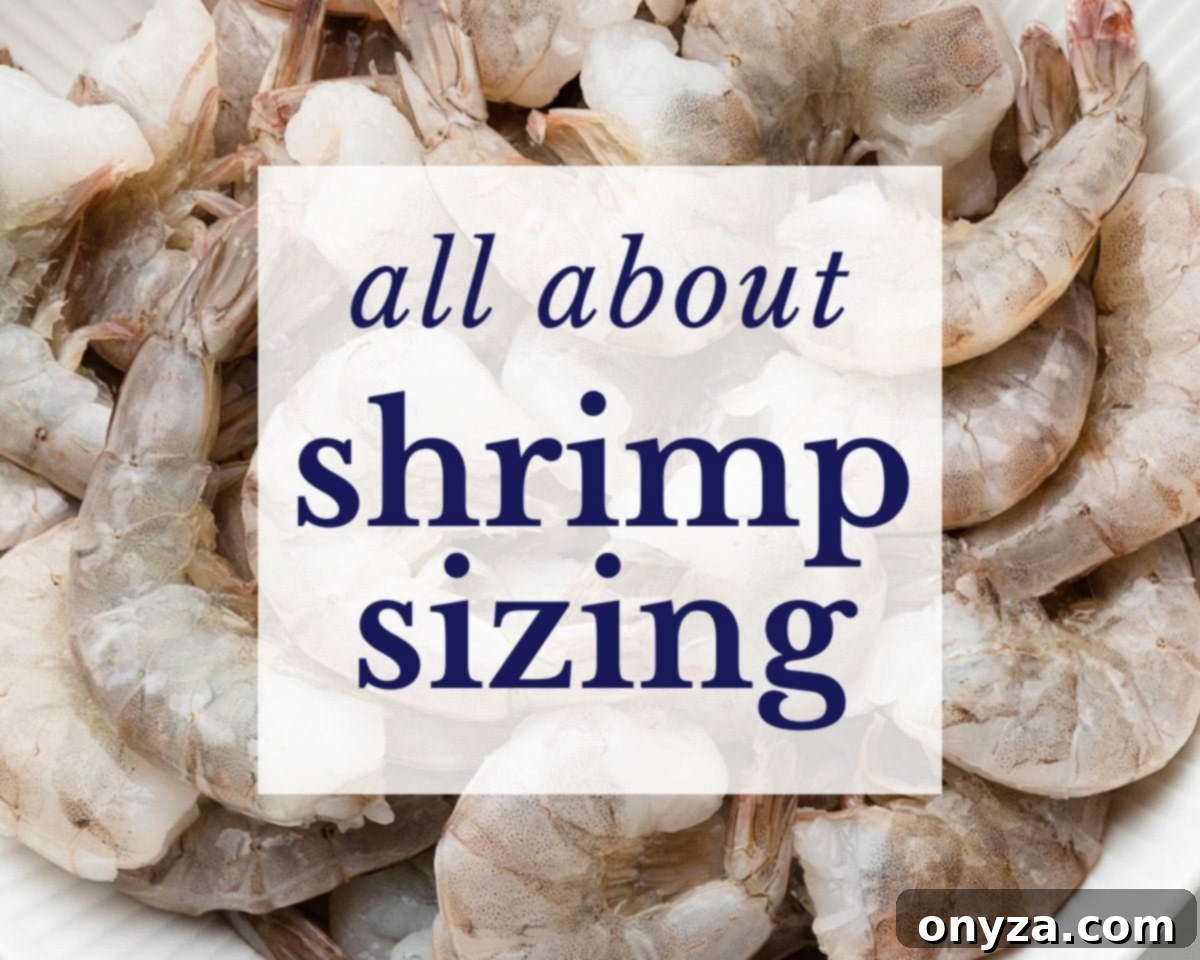
Understanding Shrimp Sizing: Demystified
Shrimp sizes are primarily denoted by numbers, such as 21/25 or U/15. These numbers represent the approximate count of individual shrimp you can expect to find in one pound. This standardized system ensures that regardless of where you purchase your shrimp, you have a precise understanding of their size.
When you encounter a “U” preceding the number, as in U/15, it signifies “under” that specified number of shrimp per pound. For instance, U/15 shrimp means there are fewer than 15 shrimp in a pound, indicating they are very large. A slash between two numbers, like 21/25, indicates a range – meaning you’ll find between 21 and 25 shrimp per pound.
A simple rule of thumb to remember is: the smaller the number, the larger the shrimp. This inverse relationship is crucial for selecting the right size for your recipe. For example, U/15 shrimp are significantly larger than 41/50 shrimp. This numerical system offers far greater accuracy than subjective descriptive terms.
Often, you’ll see descriptive terms like “Large,” “Jumbo,” or “Colossal” alongside the numerical count. While these terms can be helpful for a quick mental image, they are not universally standardized across the seafood industry. What one brand labels “Extra Jumbo,” another might call “Colossal.” To ensure precision in your cooking and avoid unexpected outcomes, always prioritize the numerical count over these descriptive labels.
The Essential Shrimp Sizing Chart
This chart provides a clear overview of common shrimp sizing terms, their corresponding count per pound, and an estimated cooked serving size. Remember, descriptive terms can vary, so always refer to the count for accuracy.
| Common Sizing Term (May Vary) | Shrimp Count Per Pound (Raw, Peeled, Deveined) | Approx. Count Per 3 oz Serving (Cooked) |
|---|---|---|
| Extra Colossal | U/10 | 2-3 shrimp |
| Super Colossal | U/12 | 2-3 shrimp |
| Colossal | U/15 | 3-4 shrimp |
| Extra Jumbo | 16/20 | 4-5 shrimp |
| Jumbo | 21/25 | 5-6 shrimp |
| Extra Large | 26/30 | 6-7 shrimp |
| Large | 31/35 | 8-9 shrimp |
| Medium Large | 36/40 | 9-10 shrimp |
| Medium | 41/50 | 10-12 shrimp |
| Small | 51/60 | 12-15 shrimp |
| Extra Small | 61/70 | 15-17 shrimp |
| Tiny | 71+ | 18+ shrimp |
How Head-On and Unpeeled Shrimp Impact Count
When purchasing shrimp, you’ll often encounter options with heads on or shells intact. It’s important to understand that the presence of heads and/or shells significantly adds to the overall weight, thus affecting the numerical count per pound. According to experts like Fulton Fish Market, shrimp counts can be two sizes larger with the head on and one size larger with shells compared to their peeled, headless counterparts.
For example, if you buy U/15 shrimp with heads and shells, once the heads are removed, their effective size might decrease to approximately 21/25 count per pound. After peeling the shells, they could further reduce to around a 26/30 count. This means a pound of head-on, shell-on U/15 shrimp will yield fewer actual shrimp pieces (once processed) than a pound of headless, peeled U/15 shrimp.
The key takeaway is that shrimp are typically sized based on their sold form. Therefore, when buying shell-on or head-on shrimp, plan your recipe and serving portions based on the next size down, or even two sizes down if both are present. This foresight ensures you have enough actual shrimp meat for your meal. Shell-on shrimp, in particular, are excellent for grilling or poaching, as the shells help to lock in moisture and impart additional flavor to the shrimp.
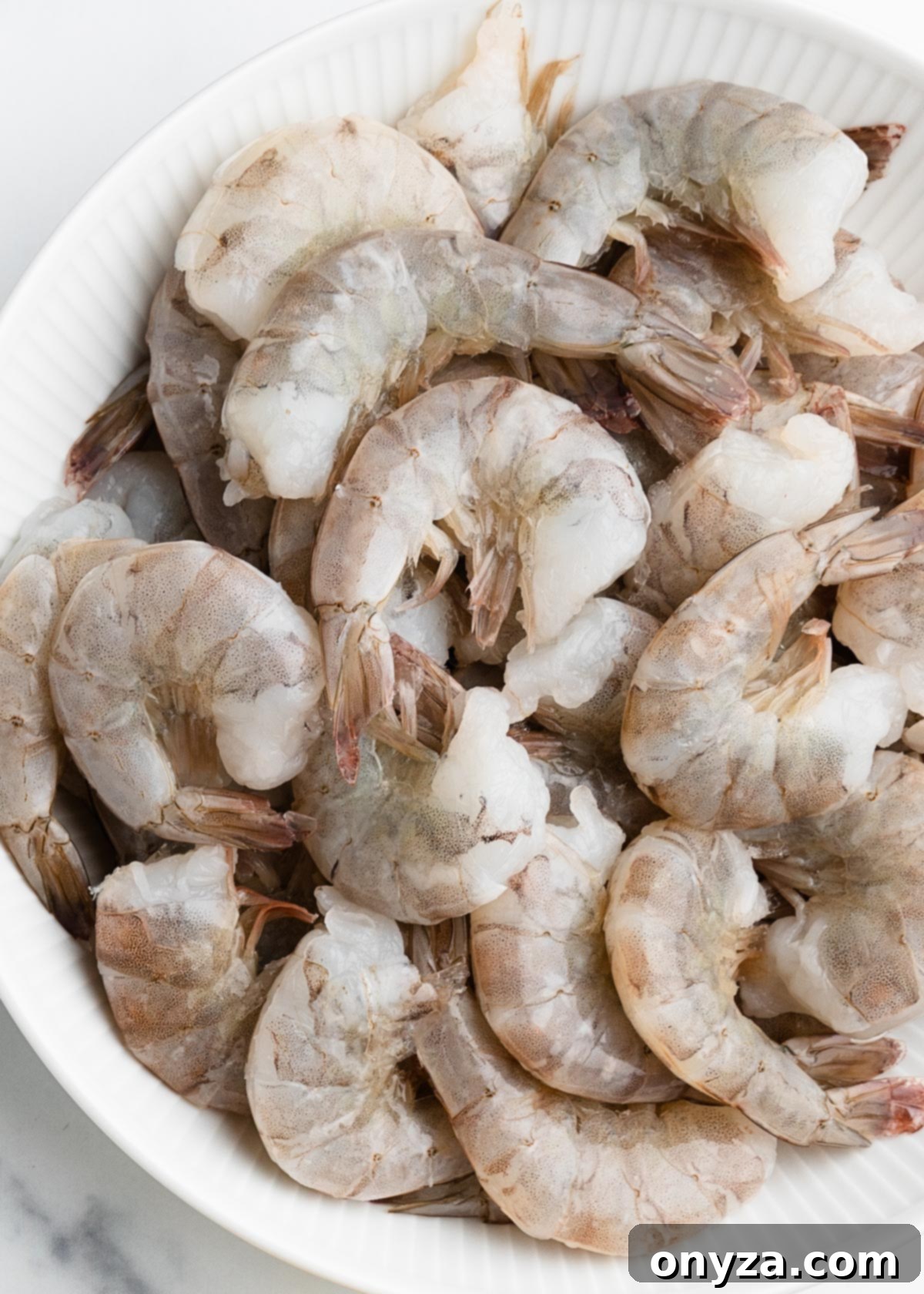
Determining the Ideal Shrimp Serving Size
The U.S. Food and Drug Administration (FDA) typically recommends a serving size of 3 ounces for cooked seafood, including shrimp. The chart above provides approximate shrimp counts per 3-ounce serving, giving you a baseline for meal planning.
However, this is merely a guideline, and the actual amount you need will depend on several factors: the appetites of your guests, the role of shrimp in your dish, and whether other components will be served alongside. For instance, if shrimp are merely an appetizer, a smaller portion from the lower end of the recommended range might suffice, especially if other finger foods are available. Conversely, if shrimp are the star of the show – the main course – you might consider increasing the portion size per person.
It’s also common practice to round up when it comes to serving shrimp. Given their widespread appeal and delicious taste, many people prefer a more generous helping. Don’t hesitate to adjust based on your culinary vision and the preferences of those you’re serving; after all, a little extra shrimp is rarely a bad thing!
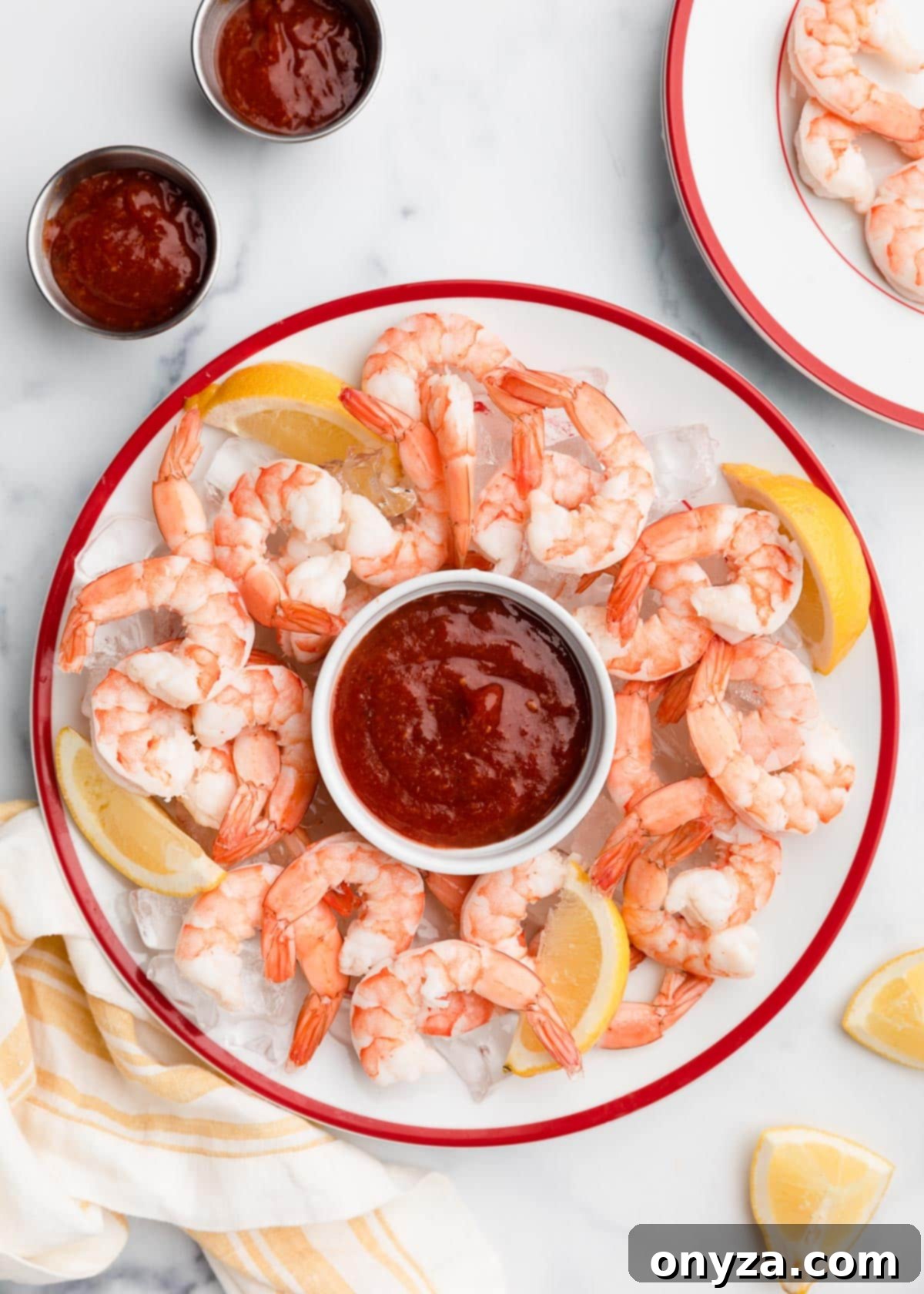
Choosing the Right Shrimp Size for Your Recipe
When a recipe simply states “raw shrimp” without specifying a size, you’ll generally be safe selecting shrimp within the 36/40 to 16/20 range. This is often considered the “Goldilocks zone” – not too big and not too small for the majority of everyday recipes. Keep in mind that shrimp cook very quickly, and overcooking can lead to a tough, rubbery texture. Smaller shrimp cook even faster, so monitor them closely to prevent this common pitfall.
Your choice of shrimp size should also align with your intended cooking method and personal preferences. Consider these factors:
- Cooking Method: Different cooking techniques lend themselves better to certain shrimp sizes. For high-heat methods like grilling or sautéing, larger shrimp are often preferred because they are less likely to overcook and fall through grates or crowd a pan.
- Dish Type: For dishes where shrimp are incorporated into a mix, like a shrimp salad or a pasta dish, a medium size might be ideal to ensure even distribution and prevent the shrimp from dominating the dish.
- Presentation: Larger shrimp (U/15 or bigger) make a striking visual impact, perfect for appetizers like shrimp cocktail or as a main course centerpiece. Smaller shrimp are great for applications where they are chopped or blended.
- Ease of Preparation: If you prefer not to cut shrimp for a salad or stir-fry, opt for smaller sizes. If you’re skewering shrimp for grilling, larger, more robust shrimp will be easier to handle.
Here’s a detailed guide on which shrimp sizes work best for various cooking methods and recipe types. While not rigid rules, these guidelines will help you plan your meals with confidence:
- Boiled, Poached, Broiled, Sautéed, Steamed: All sizes can work, but consider cooking time. Smaller shrimp (e.g., 51/60) will cook in mere minutes, while larger ones (U/10) require a bit more time. For quick weeknight meals, medium to large (31/35 to 26/30) are versatile.
- Baked/Roasted: U/10 to 36/40. The sustained heat of the oven allows larger shrimp to cook through evenly without drying out. Medium-large shrimp also hold up well in casseroles or sheet pan meals.
- Deep Fried: For butterflied shrimp, U/10 to 26/30 sizes provide a good amount of meat to coating ratio. If frying whole shrimp, smaller sizes like 31/35 to 70+ are perfect for “popcorn shrimp” style preparations, offering crispy bites.
- Grilled: U/10 to 31/35 are ideal. Larger shrimp are easier to handle on the grill and less prone to falling through grates. For smaller shrimp in this range, using skewers is highly recommended to prevent loss and ensure even cooking. Their robust size also withstands the intense heat of grilling, developing a beautiful char without becoming rubbery.
- Pastes/Fillings (e.g., dumplings, spring rolls): 51/60 to 71+. These smaller shrimp are excellent when you need to mince or chop them into a fine texture for fillings, where their individual size is less critical than their collective flavor and binding properties.
- Popcorn Shrimp: 51/60 to 71+. Naturally small, these are perfect for a classic popcorn shrimp dish, offering numerous crispy, bite-sized pieces.
- Salads: 16/20 to 71+. The best size depends on the desired texture and whether you want to cut the shrimp. Larger shrimp provide distinct, meaty bites, while smaller ones integrate more seamlessly, offering flavor throughout without needing to be chopped.
- Shrimp Cocktail: U/10 to 31/35. For a classic shrimp cocktail, plump, visually appealing shrimp are preferred. Larger sizes make for a more elegant presentation and satisfying bite. Don’t forget the Homemade Cocktail Sauce for the perfect pairing!
Tips for Buying and Storing Shrimp
Beyond size, knowing how to select and store shrimp properly ensures the best flavor and safety for your meals. Whether you opt for fresh or frozen, a few key considerations will make a difference:
- Fresh vs. Frozen: Most “fresh” shrimp at the seafood counter have actually been frozen and thawed. Unless you live near a shrimp boat, buying frozen shrimp (IQF – Individually Quick Frozen) is often the best option for quality and freshness. It allows you to thaw only what you need, reducing waste.
- Appearance: Look for shrimp that are translucent and have a firm texture. Avoid any that appear slimy, dull, or have black spots (melanosis), which indicate spoilage. Fresh shrimp should have a mild, oceanic smell, not a strong “fishy” odor.
- Wild-Caught vs. Farmed: Both can be sustainable and delicious. Wild-caught shrimp often boast a more robust, natural flavor, while farmed shrimp can be a more economical and readily available option. Researching sustainability certifications (like those from the Monterey Bay Aquarium Seafood Watch) can help you make an informed choice.
- Peeling and Deveining: Shrimp can be purchased raw, peeled, and deveined, or with the shell and vein intact. Pre-peeled and deveined shrimp offer convenience, while those with shells on often retain more flavor and moisture during cooking, though they require a bit more prep work. The vein, which is the shrimp’s digestive tract, is harmless to eat but can sometimes be gritty, so many prefer to remove it.
- Storage: Fresh shrimp should be cooked within one to two days of purchase and stored in the coldest part of your refrigerator, preferably on a bed of ice. Frozen shrimp can last for several months in the freezer. Thaw frozen shrimp slowly in the refrigerator overnight or by placing them in a colander under cold running water for a quicker method. Avoid thawing at room temperature.
Some of Our Favorite Shrimp Recipes
Now that you’re well-equipped with the knowledge to choose the perfect shrimp, it’s time to put that expertise to good use! Here are some of our beloved shrimp recipes that showcase the versatility and deliciousness of this fantastic seafood:
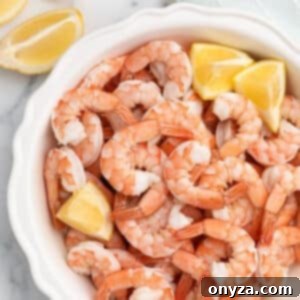
Poached Shrimp
Perfectly poached shrimp in a flavorful court bouillon. Great for Shrimp Cocktail, Shrimp Salad, meal prep, and more.
View Recipe
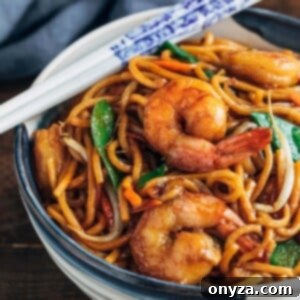
Shrimp Lo Mein
A takeout-style favorite, easily made at home!
View Recipe
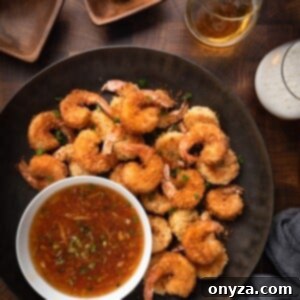
Coconut Shrimp
These crispy, crunchy restaurant-style coconut shrimp are a cinch to make at home. Oven, air fryer, and stovetop instructions included.
View Recipe
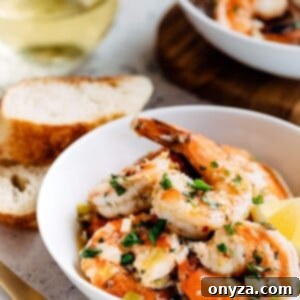
Easy Shrimp Scampi
In just 30 minutes, you can have tender shrimp enrobed in a garlicky white wine butter sauce for dinner. An Italian-American dinner classic!
View Recipe
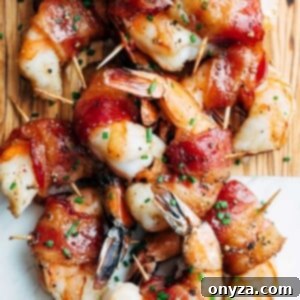
Bacon-Wrapped Shrimp with Bourbon Glaze
Crispy bacon meets juicy shrimp and a caramelized brown sugar-bourbon glaze. These Bacon-Wrapped Shrimp are easy to make and will wow your guests every time!
View Recipe
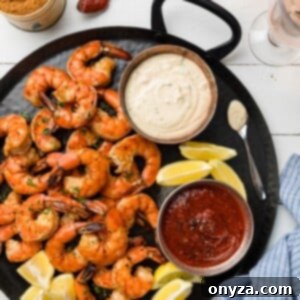
Roasted Shrimp Cocktail with Two Dipping Sauces
Refresh your seafood appetizer menu with Roasted Shrimp Cocktail! These zesty shrimp, served with Bloody Mary Cocktail Sauce and Roasted Garlic Remoulade are great for casual entertaining.
View Recipe

Wonton Soup
This classic pork and shrimp wonton soup is cozy, comforting, and absolutely delicious.
View Recipe
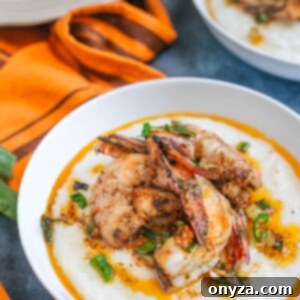
Grilled Cajun Shrimp and Grits
Fire up the grill for this variation on Southern Shrimp and Grits! Zesty marinated and grilled shrimp are served atop creamy grits and drizzled with scallion butter.
View Recipe
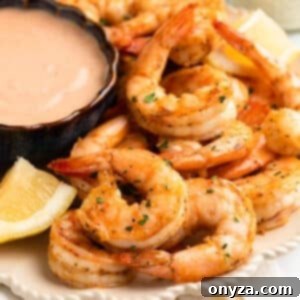
Air Fryer Shrimp
Air Fryer Shrimp are juicy, flavorful, and ready in minutes! Perfectly seasoned (with no breading), these shrimp are great for an easy dinner or appetizer.
View Recipe
With this comprehensive guide, you now have the tools to confidently navigate the world of shrimp sizing. From understanding cryptic numerical codes to choosing the perfect size for your grilling, sautéing, or cocktail needs, you’re ready to elevate your culinary creations. Enjoy exploring new recipes and savoring perfectly cooked shrimp every time!
